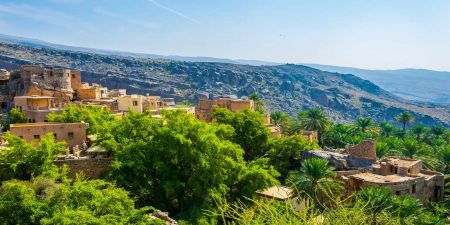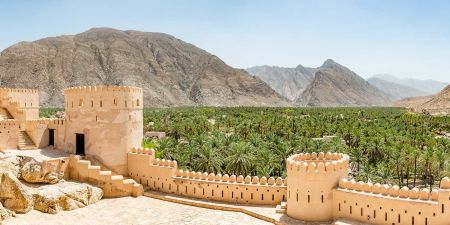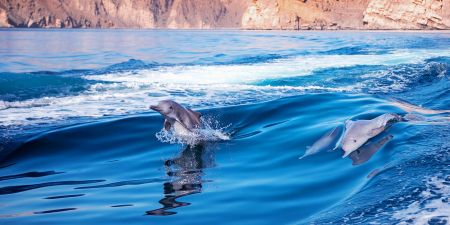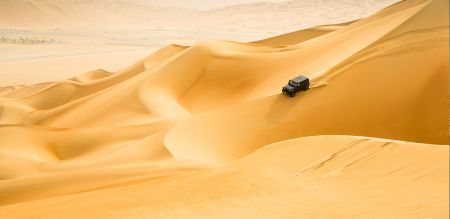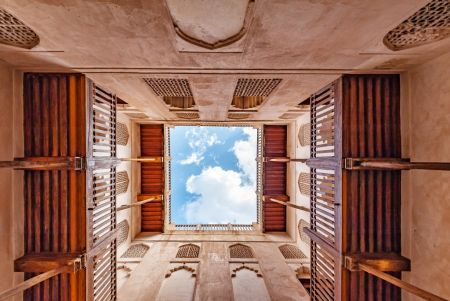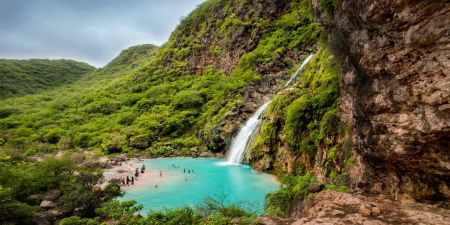Salalah City receives its visitors with large vistas of grass and water mist, opening its arms to them and spreading the shade of its palm trees (locally called Coconut). The smell of frankincense wafts through the city. This is the same frankincense that has been portrayed on the walls of ancient Pharaonic temples ever since Hatshepsut journeyed to Oman’s fertile lands. Salalah is famous for its lights that sparkle through the night’s lyrical breezes and the day’s sun rays beating down on the waves that dance in celebration of Salalah’s eternal spring.
what country is Salalah?
Salalah (Arabic: صَلَالَة, transliterated Ṣalālah), is the capital and largest city of the southern Omani governorate of Dhofar. Its population in 2009 was about 197,169. Salalah is the second-largest city in the Sultanate of Oman, and the largest city in the Dhofar Province.
What is Salalah known for?
Salalah is known for its unique Khareef (monsoon) festival, in which the whole city turns green and attracts visitors from all around the world. ... It is the second-largest city in Oman, but the biggest in Dhofar, and the biggest seaport in the Arab Peninsula.
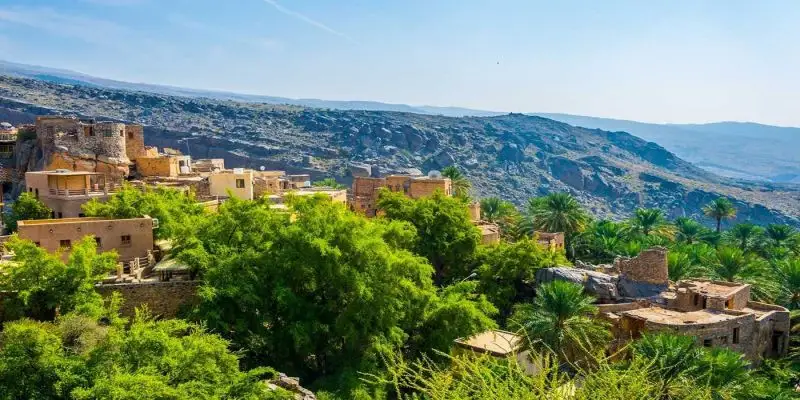
What can you do in Salalah?
- Museum of the Land of Frankincense. ...
- Sultan Qaboos Mosque. ...
- Al Husn Souq (Al Husn Souk) ...
- Al Mughsail Beach. ...
- Al Marneef Cave. ...
- Salalah Tourism Festival. ...
- Khor Rori. ...
- Take a boat ride.
Which is the best time to visit Salalah?
The unique climatic factors make Salalah a magical spot and the jewel of the Arabian Sea. Here you will enjoy monsoon (khareef) amidst the green carpet woven by nature in Salalah, and marvel at the steep mountain views, bathed in the colors of sunset and sunrise that visitors enjoy every day, and marvel at the abundance of rare types of birds. The most definite best time to visit Salalah is during the monsoon (khareef) season that lasts from July end - September when the desert transforms into a lush, green oasis!
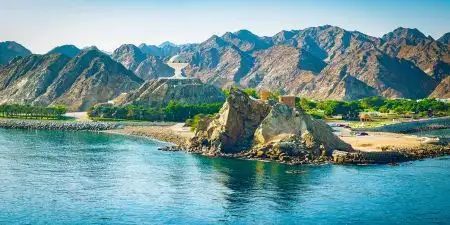
Culture and way of Living
History and culture play pivotal roles in delineating the features of Salalah people, and the city’s nature and culture. Studies and research carried out by a number of scholars point to the ancient history of this city. This is evidenced by the various writings and inscriptions found on artifacts belonging to a succession of civilizations that have risen and fallen in this land and which still have their impact on the present day. Excavations are still underway to determine the exact historical timeline of these civilizations, including the Al Bilayd civilization which dates back to between the twelfth and sixteenth centuries, and the archaeological finds indicate the existence of much business activity.
Why is Salalah green?
It is located in the Dhofar region. It turns green during the monsoon season called the “Khareef” in Arabic. Like crossing the border of nature, you can see the fine line of division of desert and green land while traveling from Muscat to Salalah during monsoon. ... The plants lie dormant after the monsoon season
Customize Your Dream Vacation!
Get in touch with our local experts for an unforgettable journey.
Plan Your TripSultanate of Oman Culture
Oman Nature Reserves
Wadis in Oman
Caves of Oman
Deserts of Oman
Beaches in Oman
Oman Islands
Hot Water Springs in Oman
Beach Lagoons of Oman
Canyons in Oman
Muscat Geosites
- Al Awabi quartzite in Oman
- Al Fahal Island in Oman
- Al Jabal Al Aswad Oman
- Al Khoud Unconformity in Oman
- Al Khayran in OMAN
- Ayn Al Hammam Hot Spring in Oman
- Bawsher marble in Oman
- Coastal Erosion in Oman
- Concentric fold in Oman
- Intertidal ecosystem in Oman
- Jurassic bedding in Oman
- Limestone Fault in Oman
- Limestone landscape in Oman
- Magnesite veins in Oman
- Mangrove forest in Oman
- Mega fold in Oman
- Mega syncline in Oman
- Mini folds in Oman
- Mutrah Geotrail East in Oman
- Nodular Limestone in Oman
- Nummulites in Oman
- Ophiolite contact in Oman
- Ophiolite obduction in Oman
- Pillow lava in Oman
- Port View in Oman
- Ripple marks in Oman
- Riyam view in Oman
- Schist bedding in Oman
Traditional Villages in Oman
Souqs in Oman
Museums of Oman
Forts in Oman
Castles in Oman
Cities in Oman
Enjoy a wonderful 3-day Oman Short Break and explore the best attractions. Visit Wahiba, Wadi Bani Khalid, Sur, Ras Al Jinz, Muscat and more.
Enjoy a 8-day tour of Oman and discover the enchanting forts, high mountians, desert safari and colorful souqs in Muscat and Nizwa. Also get yo visit Jabreen, Al Hamra, Wahiba Sands and Sur.
Enjoy this Oman 7-day tour package visiting the highlights of Oman like Sultan's Palace in Muscat, Bait Al Zubair Museum, Muttrah souk, Nizwa fort, Wadi Bani Khalid, Sands of Wahiba, Bimah Sinkhole and more.
Take a short tour and visit Nizwa with its Souq. Also visit Jabrin, the finest of Oman's castles. Live the adventure of Wahiba Sands.
Enjoy a 2-day local experience and go to Nizwa to visit Nizwa Fort, Jabrin Castle and more. Proceed to Jebal Shams and Village of Misfah.
Plan Your Trip!
You Might Also Like
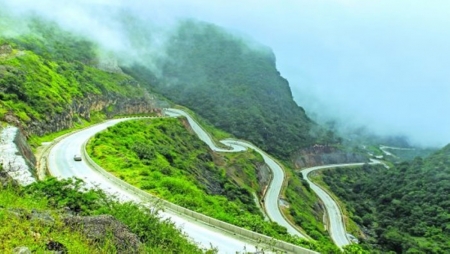
Explore Dhofar, Oman's green gem, known for its unique monsoon, frankincense history, diverse wildlife, and distinct tribal cultures. Discover Salalah's attractions and outdoor adventures.
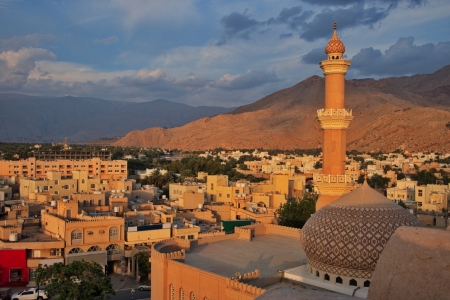
Plan your Nizwa, Oman trip: find best times, transport, lodging, and cultural tips. Explore Nizwa Fort, the souq, and more.

Explore Old Muscat, Oman's historic heart. Discover ancient forts, Al Alam Palace, and the lively Old Souk Muscat, immersing yourself in Omani history and culture.

Plan your trip to Sur City, Oman! Discover its maritime heritage, dhow building, forts, beaches, and the Ras Al Jinz Turtle Reserve, with essential travel tips.


